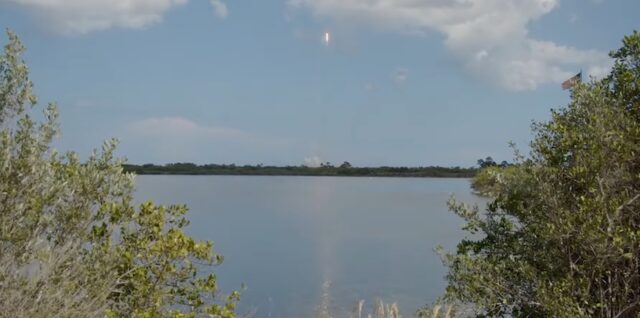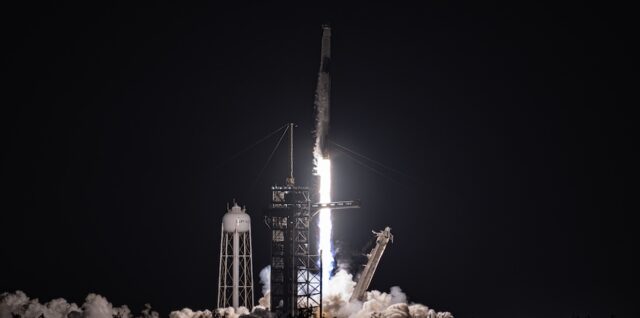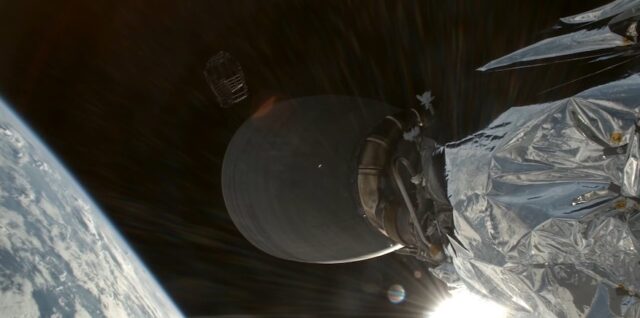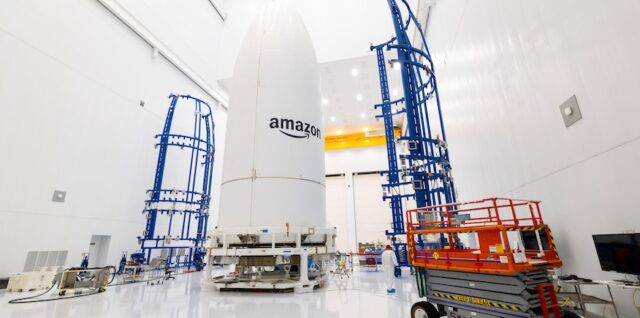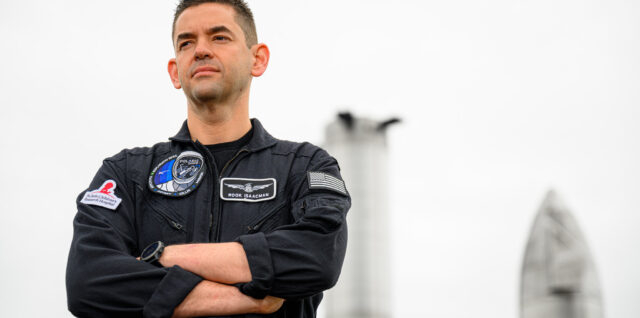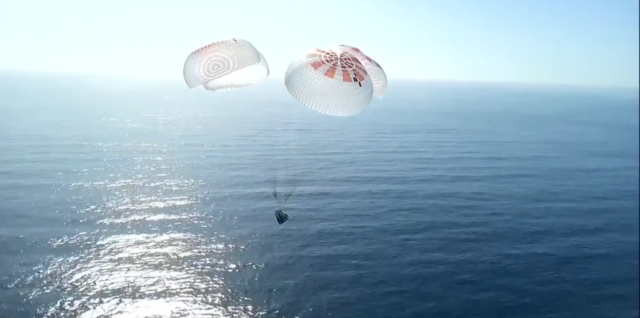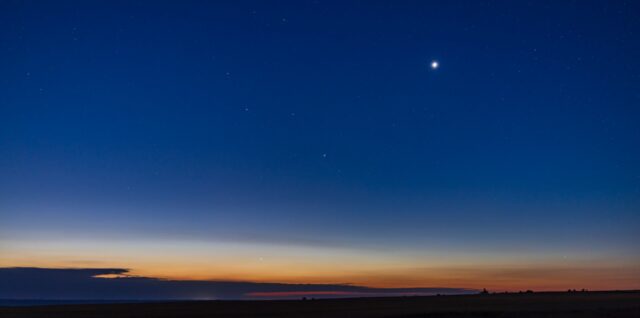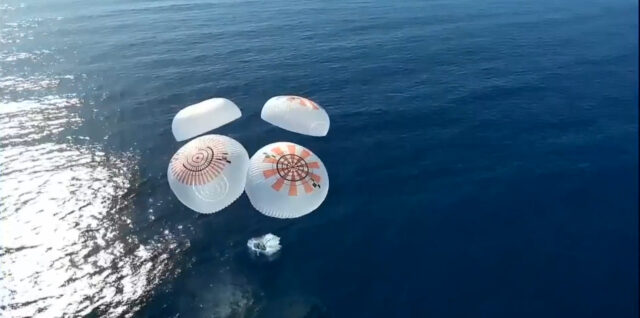NASA switches Starliner crew to SpaceX Dragon as testing continues on troubled Boeing capsule

NASA’s SpaceX Crew-11 members stand inside the Space Vehicle Mockup Facility at the agency’s Johnson Space Center in Houston on Nov. 13, 2024. From left are Mission Specialist Kimiya Yui from JAXA (Japan Aerospace Exploration Agency), Commander NASA astronaut Zena Cardman, Mission Specialist Oleg Platonov of Roscosmos, and Pilot NASA astronaut Mike Fincke. Image: NASA/Josh Valcarcel The makeup of the SpaceX Crew-11 mission to the International Space Station was announced publicly Thursday evening and it includes three astronauts who were previously assigned to other missions. Leading the flight, scheduled for no earlier than July 2025, is NASA astronaut Zena Cardman. She will be joined by fellow NASA astronaut and pilot Mike Fincke, Japan Aerospace Exploration Agency (JAXA) astronaut Kimiya Yui and Roscosmos cosmonaut Oleg Platonov. These four will be on the space station when the ISS marks the 25th anniversary of continuous human presence on the orbiting outpost. Expedition 1 docked to the station on Nov. 2, 2000. Crew-11 will have a short handover with Crew-10, which arrived at the station earlier this month. NASA’s SpaceX Crew-9 Commander Zena Cardman checks out a grid fin on a Falcon 9 first-stage booster at SpaceX’s HangarX facility in Florida on May 13, 2024. Image: SpaceX Cardman was previously assigned to be the commander of the Crew-9 mission. The original lineup of Cardman along with NASA astronauts Nick Hague and Stephanie Wilson as well as Roscosmos cosmonaut Aleksandr Gorbunov was announced back in January 2024. NASA’s decision on August 24, 2024, that the Boeing Starliner Crew Flight Test mission would conclude with the spacecraft returning uncrewed, led to Cardman and Wilson being removed from that mission and becoming eligible for reassignment down the road. So far, NASA has not announced if Wilson has been assigned to a new mission and if so, which one. Changes for Continue ReadingNASA switches Starliner crew to SpaceX Dragon as testing continues on troubled Boeing capsule


